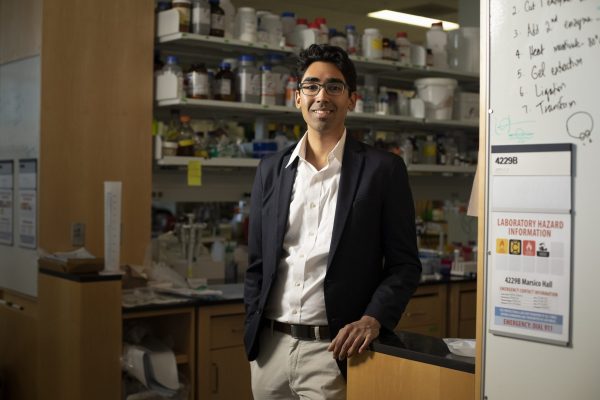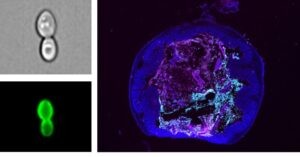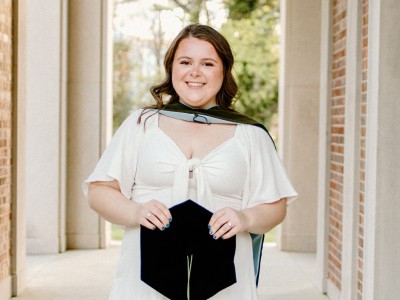September 16, 2020

Aaron Anselmo, Ph.D., with the UNC Eshelman School of Pharmacy’s Division of Pharmacoengineering and Molecular Pharmaceutics recently received a $1.9 million Maximizing Investigators’ Research Award (MIRA) (R35) from the National Institutes of Health (NIH) to support his work on microbe therapeutics.
Anselmo said microbe therapeutics are an emerging class of U.S. Food and Drug Administration-regulated drugs that are used to treat a variety of diseases, ranging from pathogen infections to inflammation-based diseases.
The NIH grant will support Anselmo’s work through 2025, which focuses on uncovering the key delivery requirements for microbe therapeutics such as delivery location, persistence time, and dosing.
“Through understanding these key delivery requirements, we will introduce pharmaceutical sciences and engineering-based drug delivery approaches to formulate and control the delivery of microbe therapeutics,” he said.
Anselmo added that his work will be one of the first of its kind to attempt a systematic approach to answering questions toward improved formulation and delivery of microbe therapeutics.
Anselmo joined the UNC Eshelman School of Pharmacy in 2017 and is focused on understanding microbe-material-host tissue interactions to develop the following: formulations for the improved delivery of therapeutic microbes; materials-based in vitro culture approaches to enable the co-culture of microbial ecologies alongside mammalian cells; and targeted approaches for the delivery of therapeutic microbes.
Anselmo and his lab are also interested in understanding how the physicochemical properties of nanoparticles influences their biological fate and function. During his career, Anselmo has developed a number of improved nanoparticle formulations based on modulating nanoparticle size, shape and elasticity. Building on this, Anselmo has shown that it is possible to transfer the innate delivery abilities of our own cells to nanoparticles by either attaching nanoparticles to the cell’s surface (cellular hitchhiking) or by mimicking our cell’s unique physicochemical properties (synthetic cells).
More information on Anselmo’s work can be found on the School’s website.
Latest News

Researchers Engineer Yeast to Deliver Drugs, Reduce Inflammation for Possible Inflammatory Bowel Disease Treatment

Pharm.D. student completes rotation at the CDC


